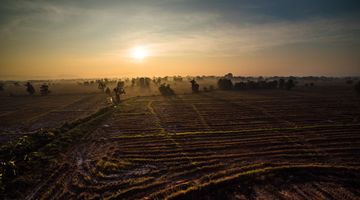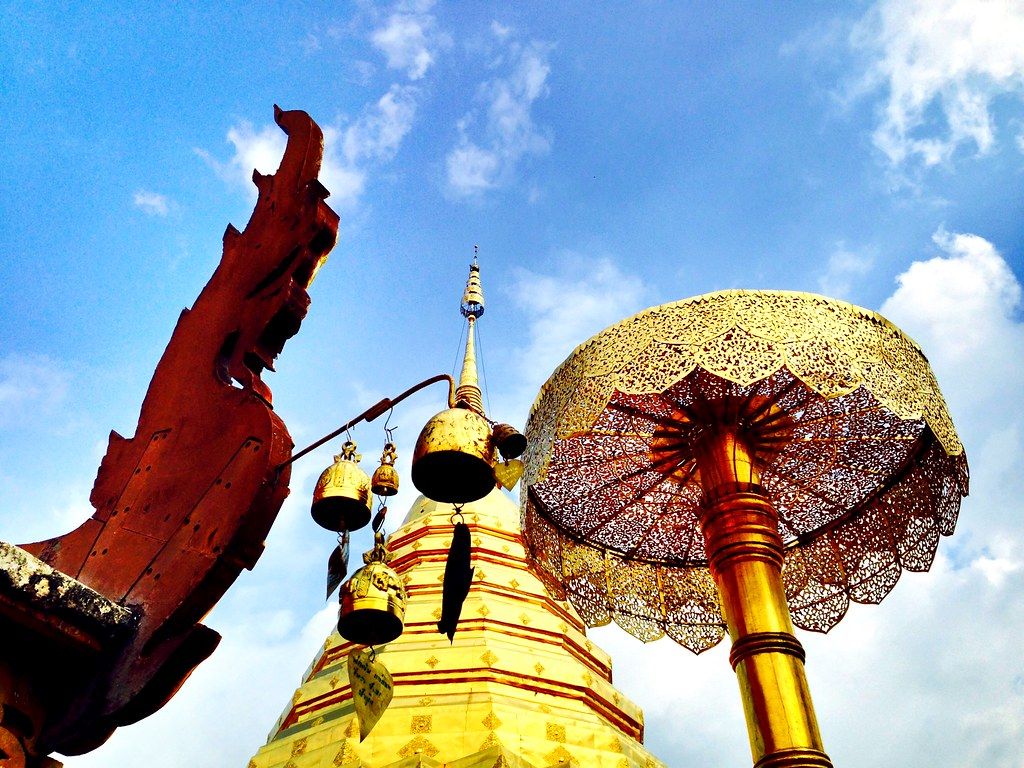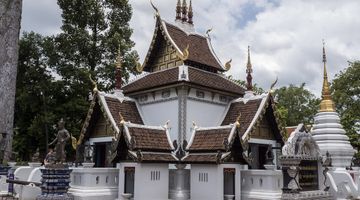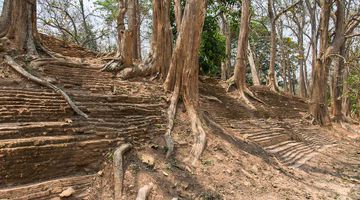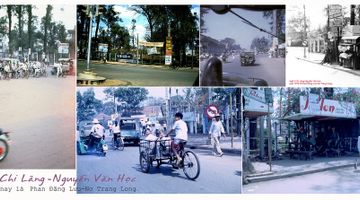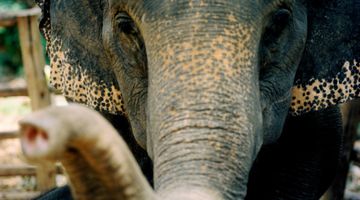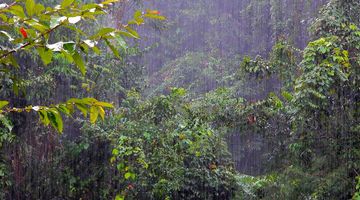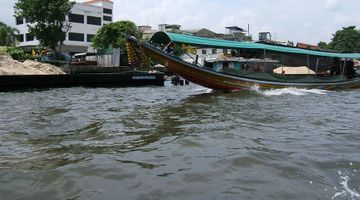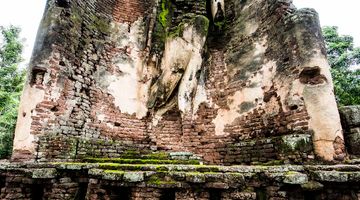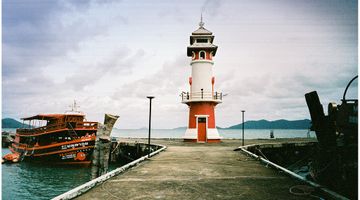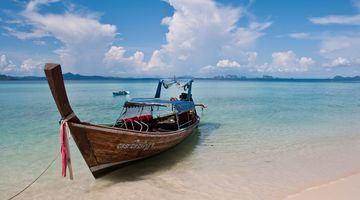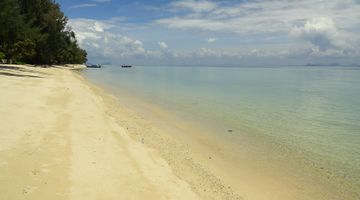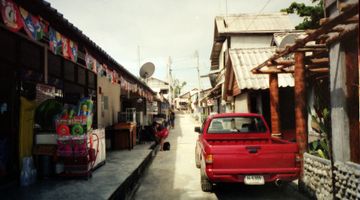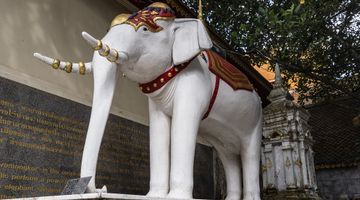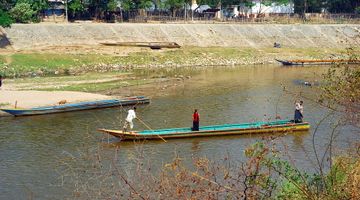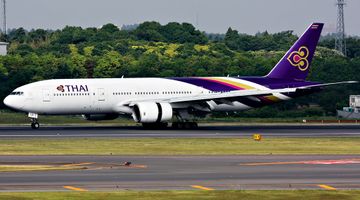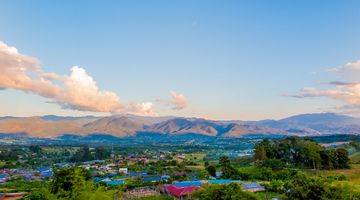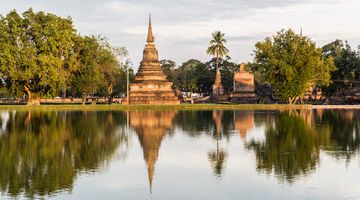Chiang Mai Travel Guide
In a nutshell
Chiang Mai is located in the beautiful mountainous region of northern Thailand and oozes charm and character from its ancient roots. The city was founded in the late 13th century and you can find the remains of its Old City walls still standing behind the moat, boxing in the old Kingdom. Nowadays, Chiang Mai is a wonderful and welcome respite from the hustle and bustle of busy Bangkok and offers more cultural and historical stimulation than island life, which is why many flock north to experience the longstanding Thai traditions, temples, and trekking the area is so famous for.
Why go to Chiang Mai
The city of Chiang Mai is vibrant and eclectic; a mix of both the old and new, and many find themselves staying for days longer than they anticipated.
Chiang Mai’s ‘urban’ scene is cool and quirky, with boutique shops and yoga studios, an abundance of massage parlours, and any number of independent clothing shops to browse through, not to mention lively markets come day and night.
From a cultural perspective, you’ll be spoilt for choice with several hundreds of temples to visit, and just minutes from the city you’ll be met with 9breath-taking landscapes of green lush vegetation, waterfalls, and mountains to trek](/en/thailand/chiang-mai/tours) with local hill tribes welcoming you into their homestays.
Chiang Mai is also known for its elephant sanctuary which is another popular day trip option – depending on your views.
When to go to Chiang Mai
Thailand is a wonderful country to visit all year round, and Chiang Mai is no exception. Traditionally, the high season in the North is between November to February when the temperatures are at their lowest and local tourists flock to Chiang Mai and around to experience ‘the winter’.
However, to really make the most of the scenery we would recommend visiting during the wet season, between May–October, when the landscape will be at its most green and the waterfalls at their fullest. Don’t worry, it will usually only rain for an hour or two at the most, and on the plus side it will ease off some of the humidity you’re likely to experience.
During the hot season (March–April) it is much hotter and the air can be very arid, not to mention most of the vegetation will have died or been burnt. Smog from the forest fires are not uncommon during this period. But the good thing about this time of year is that Thai New Year, Songkran, falls on the 13th April, bringing many visitors from all around the world to join in this fun celebration involving a three-day water fight with the locals!
Where to stay in Chiang Mai
Chiang Mai’s effortless modern-meets-traditional style is present everywhere, from hostels to hotels.
Most travellers and tourists traditionally choose to stay in the northern part of the Old City where you certainly won’t be short of a bed, or two, however, the eastern side of the city, and around the riverside is also opening up guesthouses galore.
If you’re on a backpackers budget you can look to spend around THB300 for a bed in a shared dorm, usually with breakfast included, around the Ratchadamnoen area.
There are also plenty of other options for those with more cash to splash, from mid-range to high-end, and you can easily find Lanna architecture for those looking for something more traditional.
Where to eat in Chiang Mai
One thing worth mentioning about Chiang Mai is the food! You certainly won’t go hungry during your stay in this northern Kingdom, so come with open minds and empty stomachs.
Chiang Mai is known for its delicious traditional Thai food with a regional flare; Northern Thai food has inflections of Burmese and Chinese spices and flavours, resulting in mouth-watering dishes. Khao Soi noodle soup is one of their ‘signatures,’ along with Thai curry gaeng hanglae, and you won’t ever need to break the bank. There are plenty of other Western restaurants serving alternative menus should you be craving a BBQ pulled pork burger, or a smorgasbord of Tapas.
How to get around Chiang Mai
Chiang Mai city centre is small enough to easily walk around, from temple to temple, restaurant to bar.
However, should you be caught in a downpour, or suffer the heat, there are tuk-tuks and shared taxis (songthaews) readily available – just make sure you have practiced your bargaining skills as they will want to overcharge you.
Usually, in a songthaew they will pick people up along the way to fill the ride, so don’t be put off, it’s quite common. Though if you have anywhere to be at a certain time, perhaps ordering an Uber is the most reliable way to get from A to B, with a guaranteed cost.
If you fancy being more autonomous, there are scooters you can rent for the day at THB300 and up, which you can drive up around the roads in the mountains – and even drive up to Pai if you’re feeling adventurous.
How to get to and from Chiang Mai
Whether you’re travelling in from elsewhere Thailand or further afield, a flight to Chiang Mai International Airport is perhaps one of the easiest ways to get there, just 10 minutes from the Old City.
Air Asia, Nok Air, Lion Air, Bangkok Airways, VietJet Air all fly into CNX, daily, and flights start from around THB800 depending on where you’re arriving from.
Another way of getting to Chiang Mai if you’re already in Bangkok is to take the train (the night train proving the most popular) getting you there in 12-15 hours, with tickets starting at THB300.
There are also buses if you’re coming in from the capital, or from any of the major cities of the North, including Chiang Rai (3–4 hours; THB250), or Isan, e.g. Khon Kaen (10 hours; THB600) or Nong Khai (12 hours; USD900; for Vientiane in Laos). It is also possible to get down from Chiang Mai to Phuket (23 hours; THB1700), but it is probably easier to connect via Bangkok.
Remember, always make sure your passport has more than 6 months until it expires and that you have an outbound ticket booked for within 30 days of your arrival into Thailand.
Is Chiang Mai a safe place to visit?
Thailand is known as the land of smiles, and the people of Chiang Mai are no different. Although the city is the second largest in Thailand, it’s nowhere near as busy as Bangkok and certainly feels much safer.
It’s always prudent to be respectful, however, and remember that Thailand is mainly a Buddhist country, so dress modestly so as not to provoke any unwanted attention. While there may be localised attacks reported in the news, the typical ‘traveller trail’ is largely unaffected.
